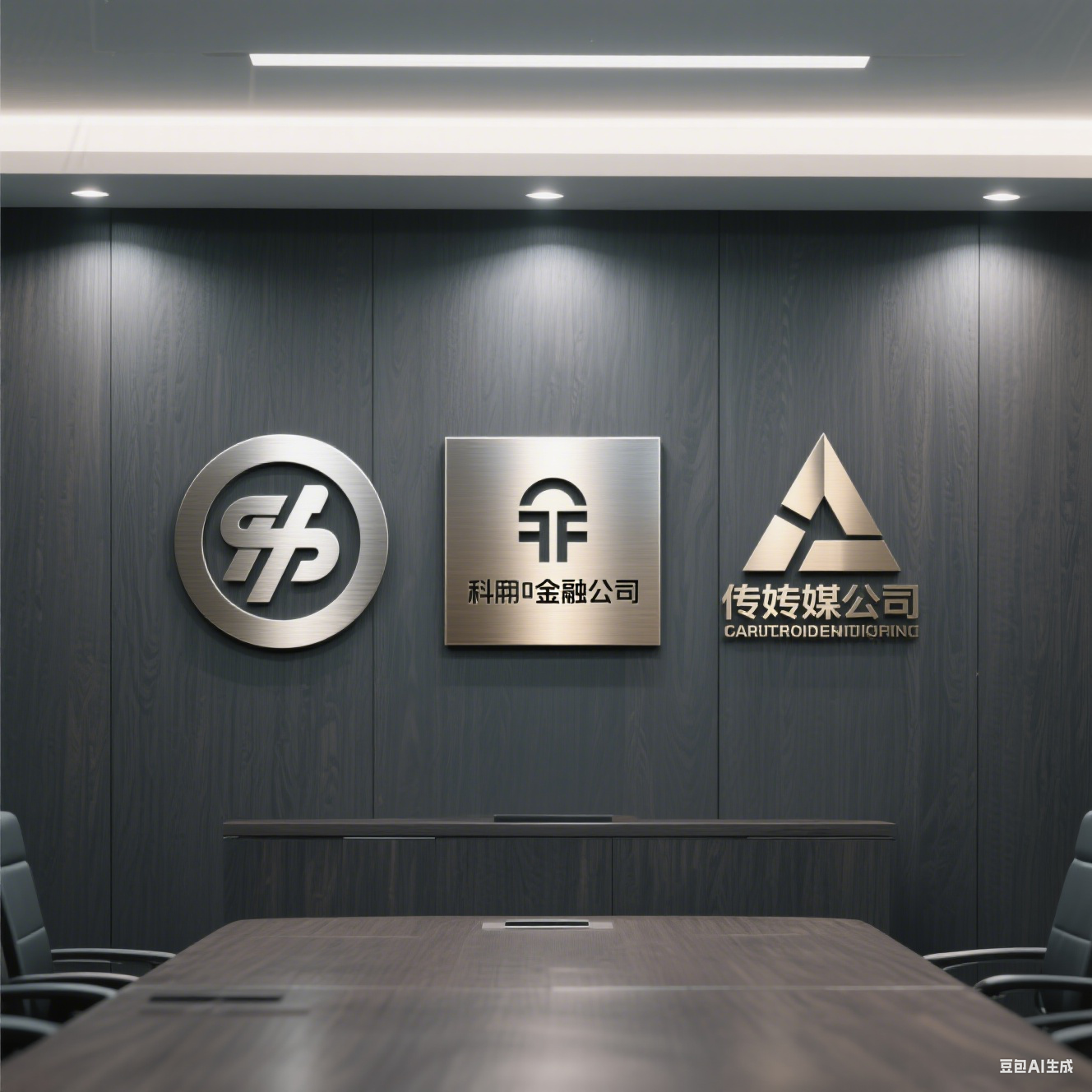In the global manufacturing and branding landscape, the nameplate and signage industry plays a quiet yet pivotal role. Serving as the “visual voice” of products and brands, these compact components—ranging from metal serial plates on machinery to sleek logo badges on consumer electronics—combine functionality with aesthetic appeal, bridging utility and brand identity.
Today, the industry is undergoing a significant transformation, merging time-honored craftsmanship with cutting-edge technology. Traditional methods like metal stamping and enamel coating remain foundational, especially for durable industrial nameplates requiring resistance to extreme temperatures or corrosion. However, digital advancements are reshaping production: laser engraving allows for intricate designs with micron-level precision, while 3D printing enables rapid prototyping of custom shapes, catering to the growing demand for personalized solutions.
Material innovation is another key driver. Manufacturers now offer diverse options, from recycled aluminum and biodegradable plastics for eco-conscious clients to high-performance alloys designed for aerospace and medical equipment. This versatility has expanded the industry’s reach across sectors: automotive (VIN plates, dashboard badges), electronics (device serials, brand logos), healthcare (equipment identification tags), and aerospace (certification plaques), to name a few.
Market trends reflect a rising focus on both durability and design. As brands strive to stand out, custom nameplates with unique finishes—matte, brushed, or holographic—are in high demand. Meanwhile, industrial clients prioritize longevity; nameplates used in harsh environments now integrate QR codes, enabling digital tracking alongside physical identification, a blend of old and new that enhances operational efficiency.
Leading players in the field are also embracing sustainability. Many factories have adopted energy-efficient production lines, using water-based inks and recyclable materials to meet global environmental standards. This shift not only aligns with corporate social responsibility goals but also opens doors to partnerships with eco-focused brands.
Looking ahead, the industry is poised for growth, fueled by the expansion of manufacturing sectors in emerging markets and the rising importance of brand storytelling. As products become more sophisticated, so too will the role of nameplates and signage—evolving from mere identifiers to integral parts of the user experience.
Post time: Jul-11-2025










